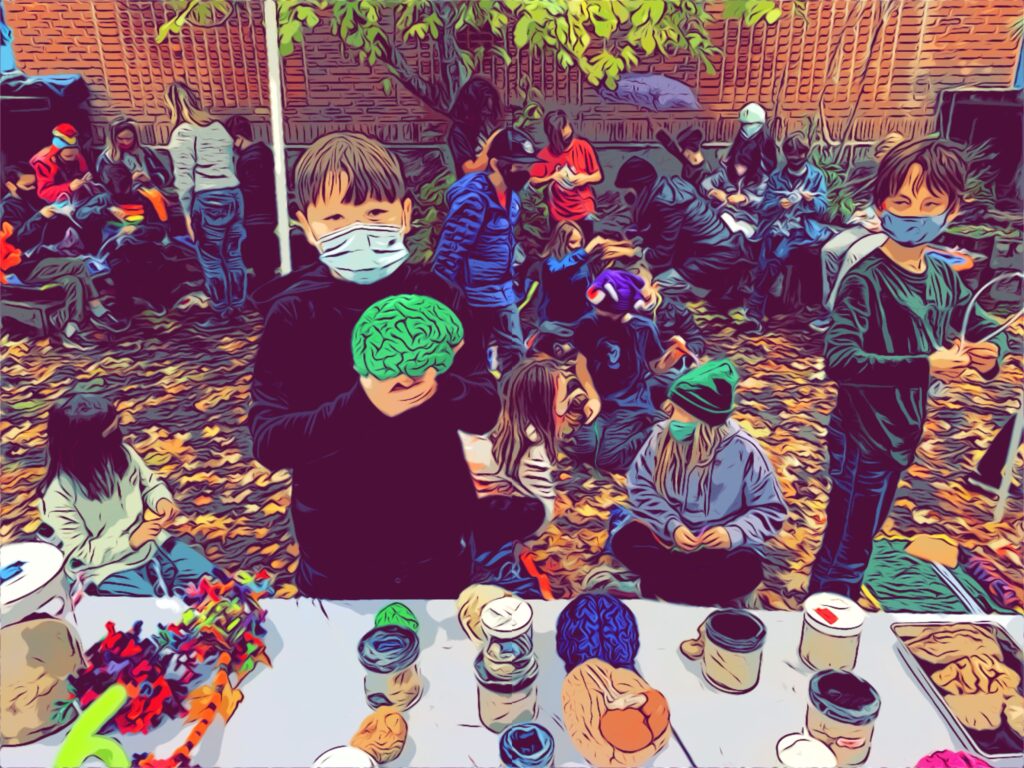On two gorgeously colorful, drizzly fall mornings we gathered at one of our favorite Portland Public Schools.
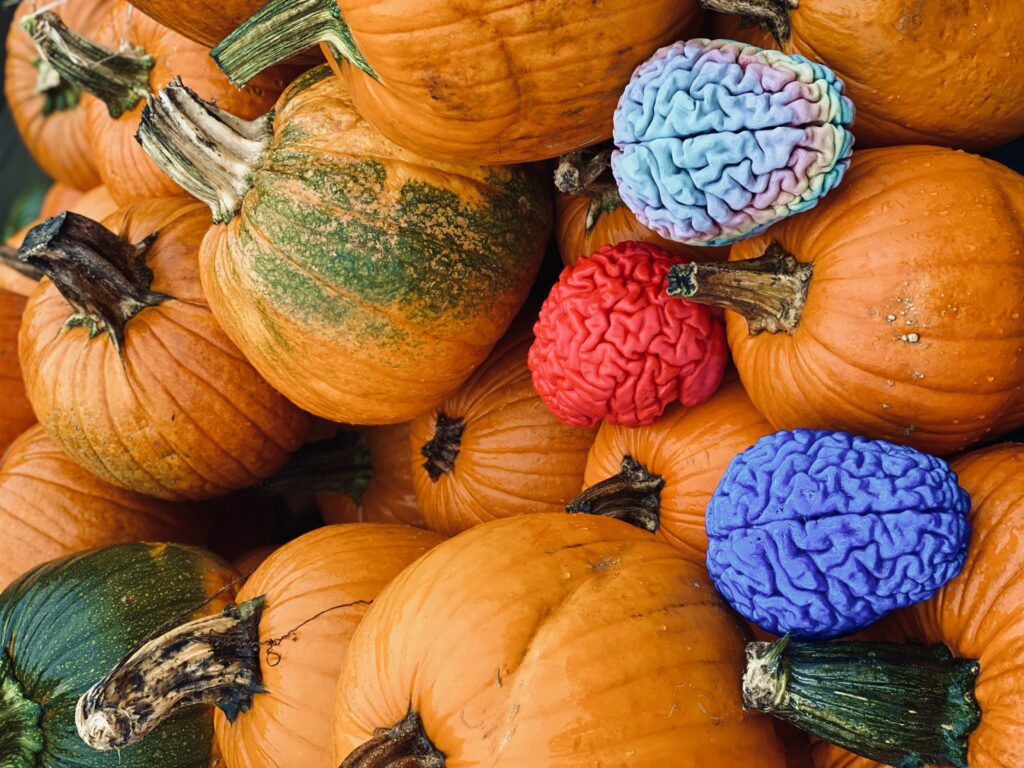
While some people (many from outside Portland) chose to disrupt this week’s PPS board meeting by melodramatically pulling off their masks and shouting “freedom,” we arrived fully vaccinated at Sunnyside Environmental School with good masks, real brains, respect for public health and student insights, and some background in evidence-based (i.e., not Facebook) research.
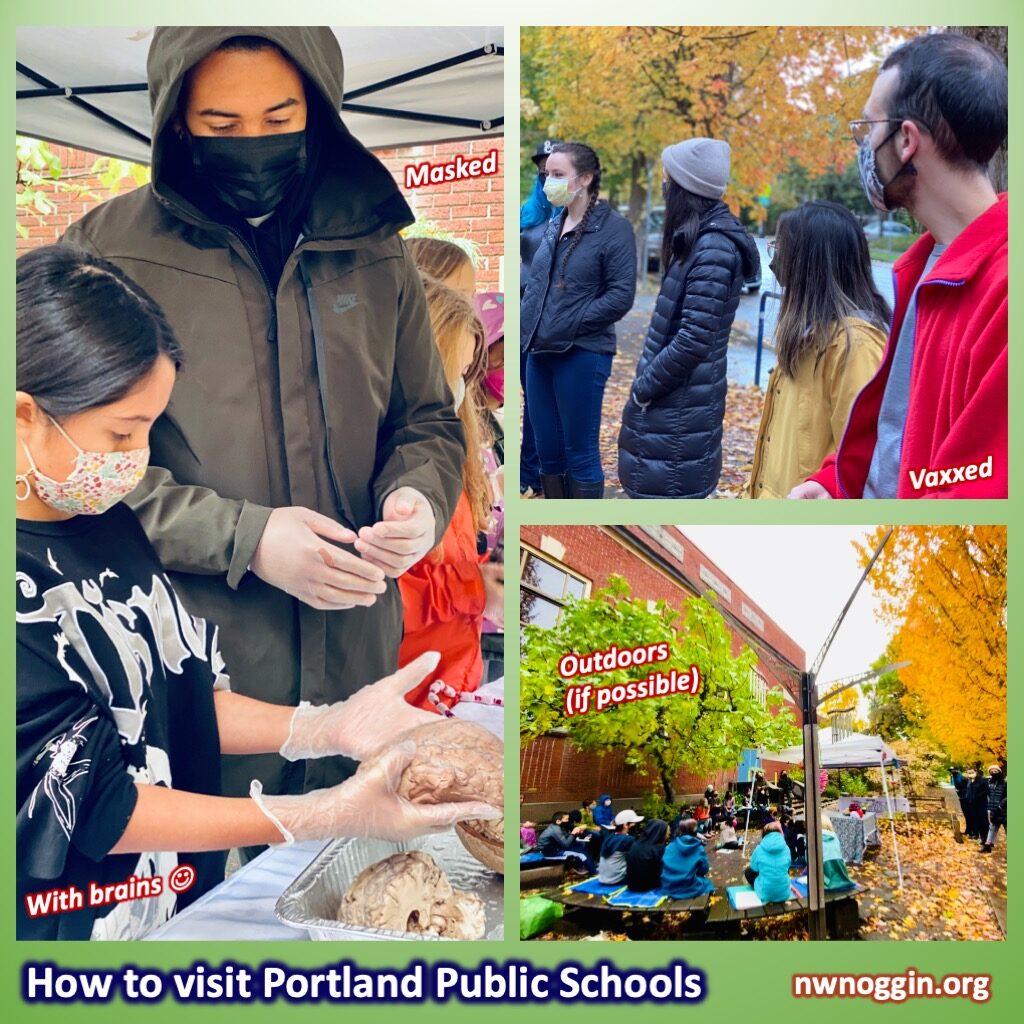
LEARN MORE: More Than 96% of Active PPS Employees Fully Vaccinated by State Deadline
LEARN MORE: PPS Moves Closer to Mandating Student Vaccines, Despite Unmasked Protestors
LEARN MORE: An exploration of how fake news is taking over social media and putting public health at risk
LEARN MORE: The reach of commercially motivated junk news on Facebook
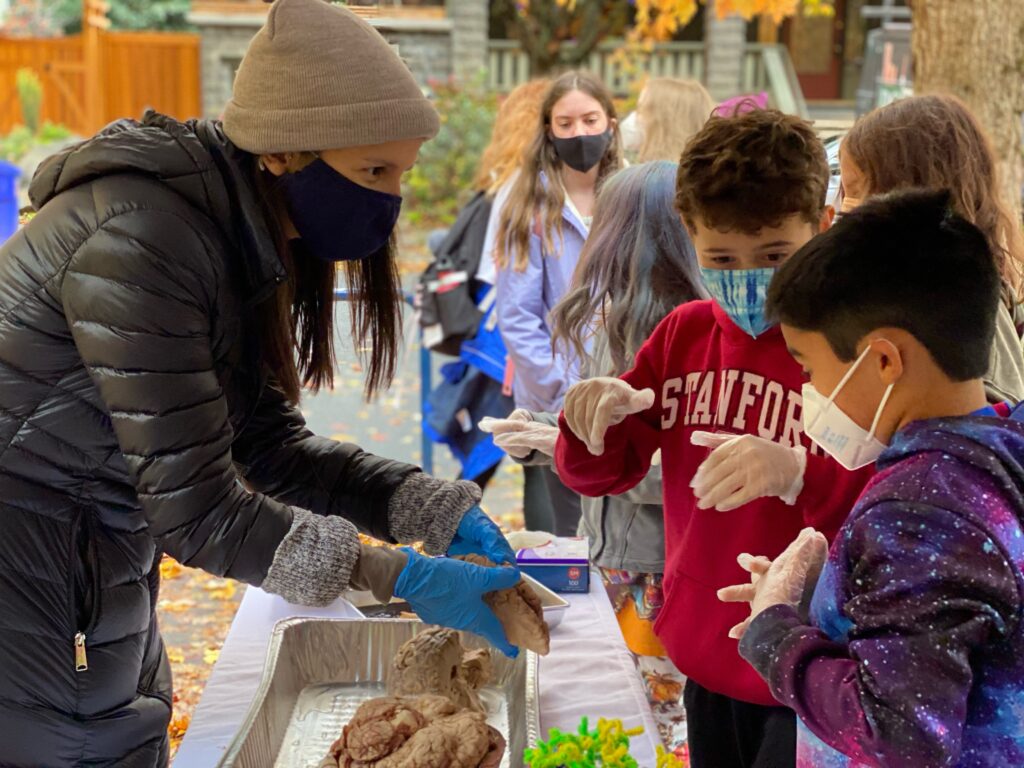
We’ve now visited Asa Gervich and Jeremy Thomas’s 4th grade classrooms for several years, and are always inspired by the deep, challenging questions posed by their students.
LEARN MORE: Who’s really good at asking “why?”
LEARN MORE: Thank You Northwest Noggin!
LEARN MORE: Neurons in Minecraft & More!
LEARN MORE: A crayon in Homer’s brain
LEARN MORE: What about the glia?
This week we welcomed Britta Harbury, Theresa Vu, Levi Banks, Cris Keirsey, Krystal Khanh Nguyen, Ben Bolen, Elana Kananykhina and James Reynolds from Portland State University, and Aaron Eisen and Arielle Isakharov from Oregon Health & Science University – all excited to talk brains and make art in southeast Portland!
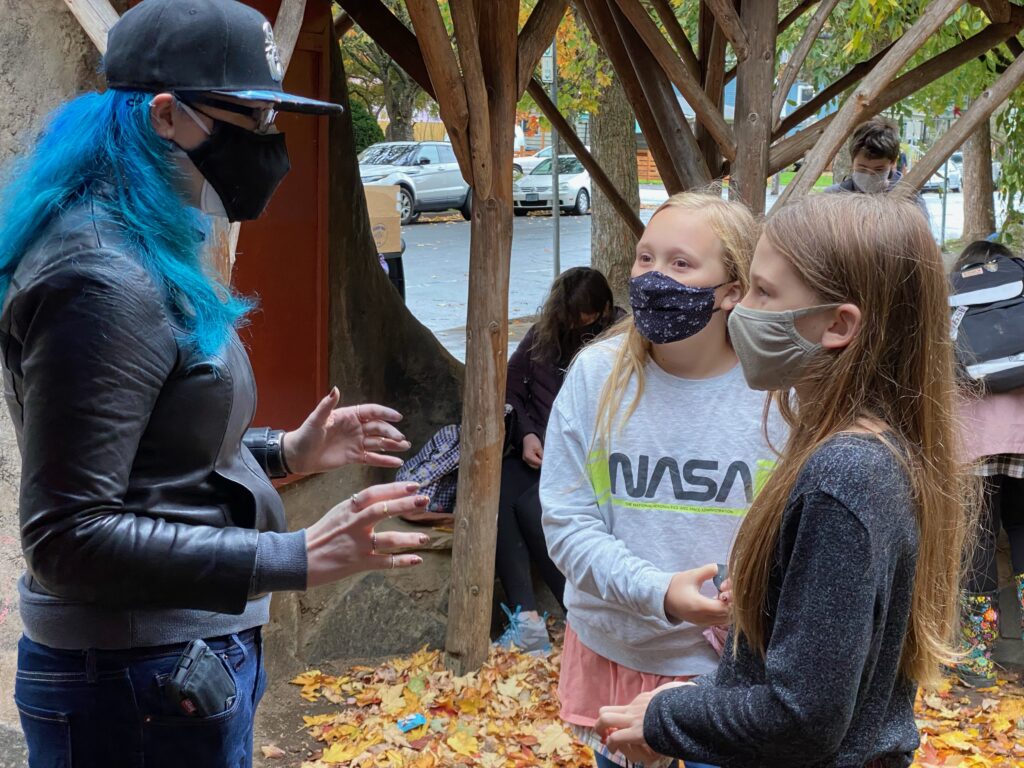
From Asa: Over the past weeks, students have learned about the interplay between their prefrontal cortex, hippocampus, and amygdala – and how mindfulness practices can help us self-regulate.
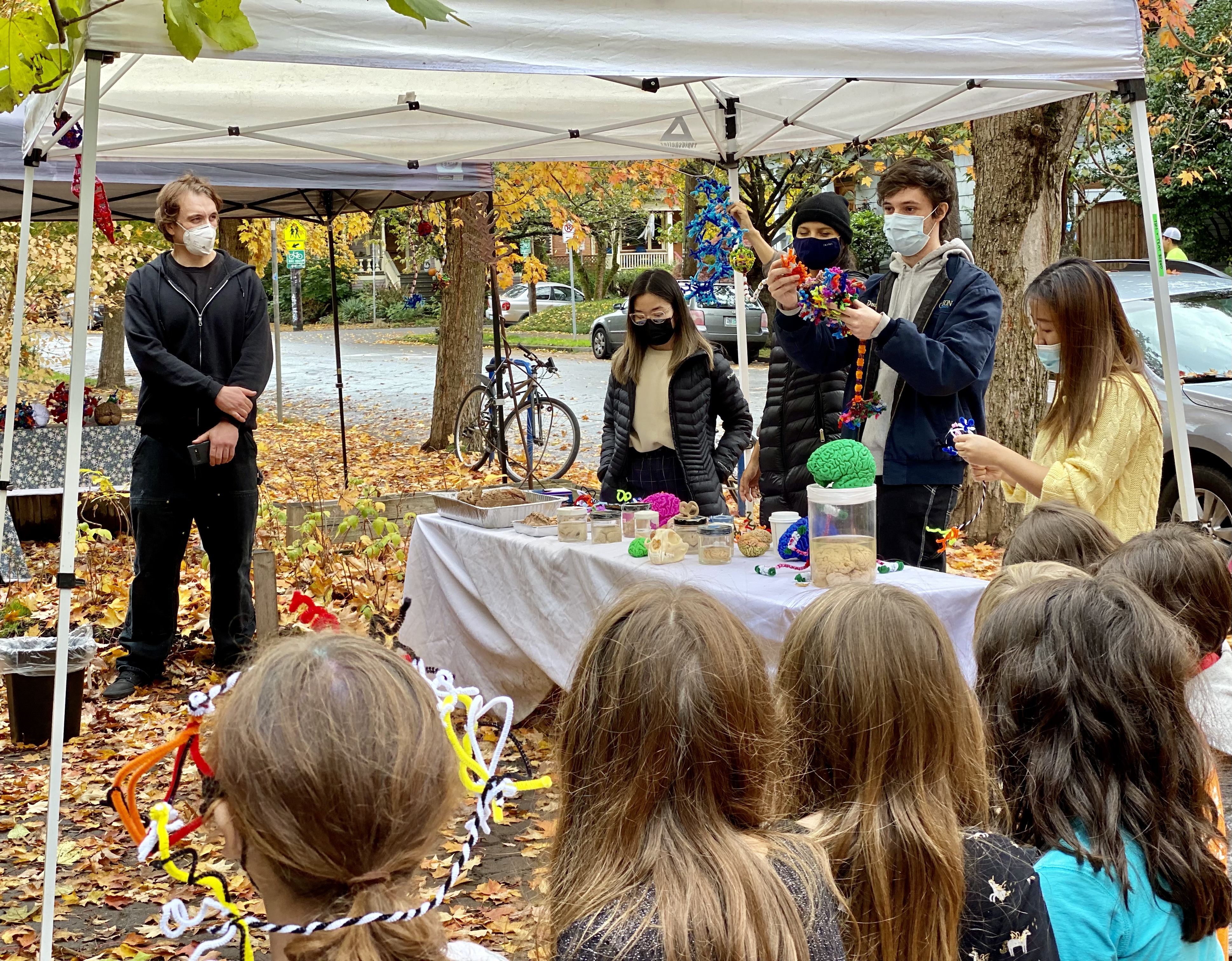
Last week, we learned about the Reticular Activating System
– and how it can help us sift through myriad sensory inputs to focus on something important – like, how does an NBA player tune out all the zany free-throw distractions happening in the stands? Or, what role did the RAS play in about half of our class not spotting the gorilla in this video? What’s going on with our RAS when we listen to music and can isolate one particular instrument? Can everyone do that?
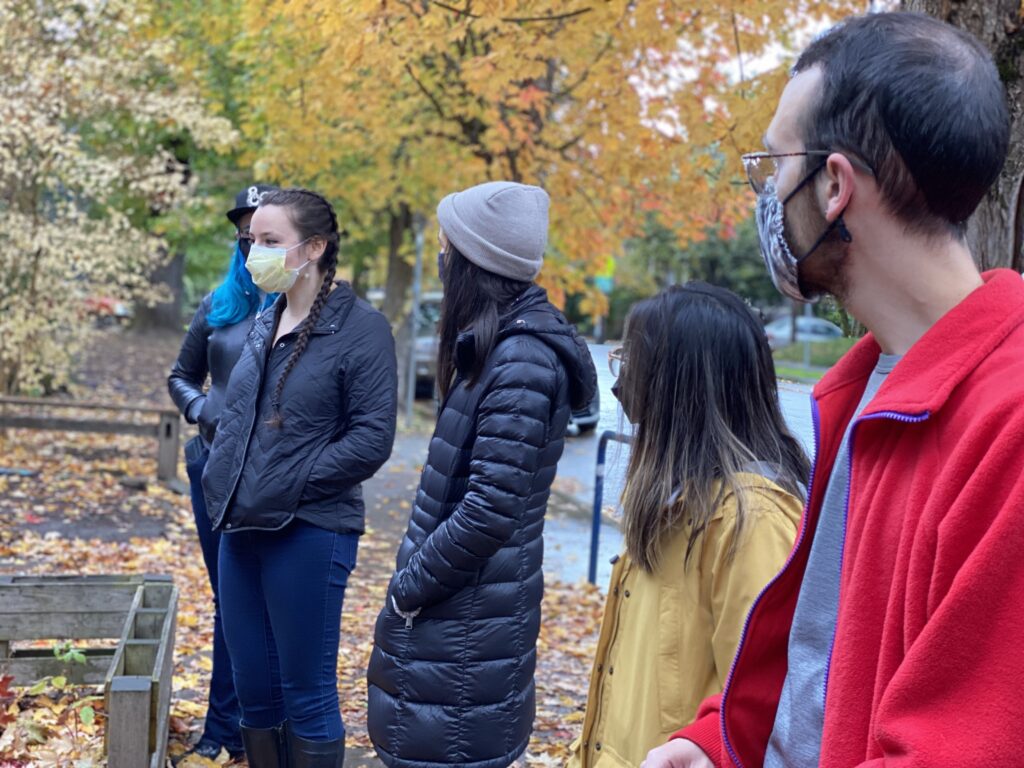
THE RETICULAR ACTIVATING SYSTEM
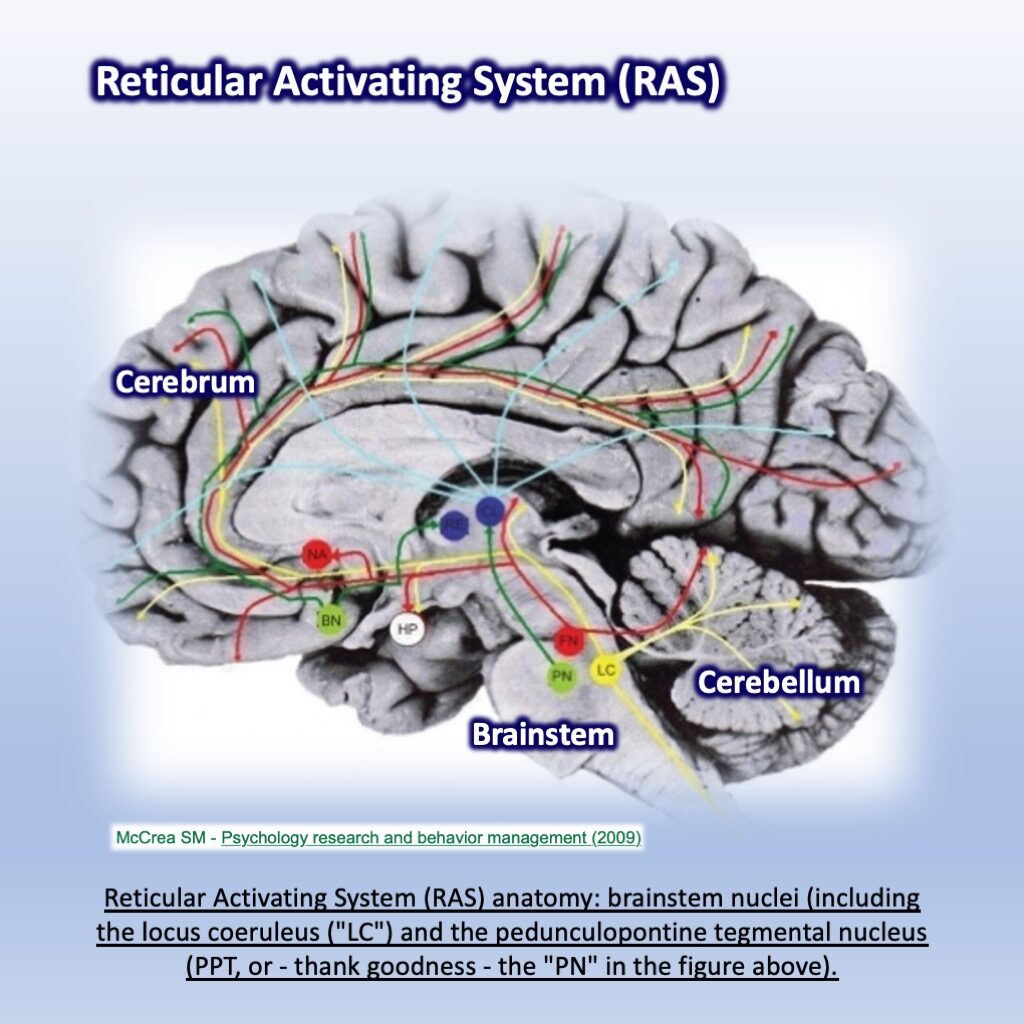
We’ve actually been exploring this particular set of subcortical brainstem nuclei in our undergraduate classes at Portland State University! The word nucleus can refer to the site of chromosomes inside a single cell (like a neuron), but it can also refer to a clump of gray matter, which consists of many neuron cell bodies, along with their branch-like dendrites and synaptic connections. The RAS nuclei are found in our brainstem, and send their reticulating (or “net-like”) axons into our cerebrum where they release a host of important modulatory neurotransmitters.
These RAS neurotransmitters are called “modulatory” because they help adjust (or modulate) our level of alertness and arousal.
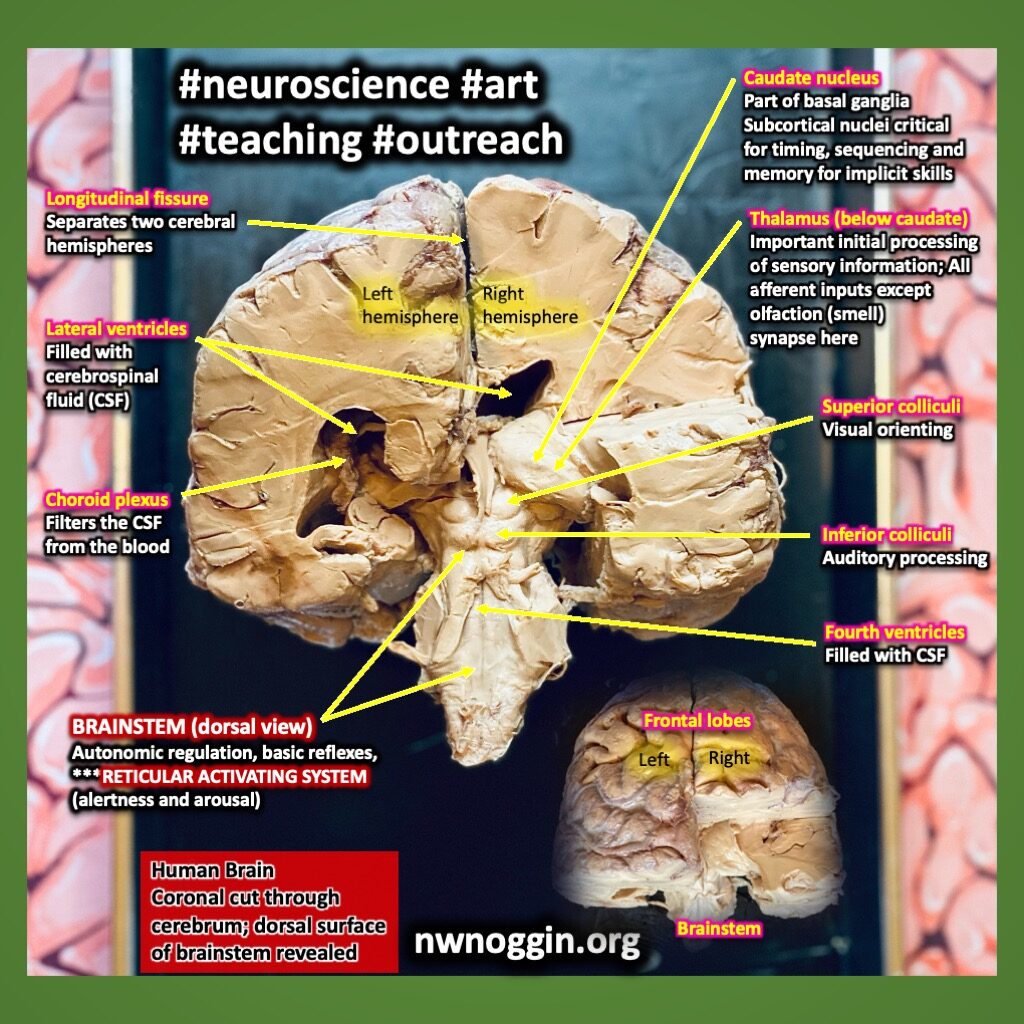
When you are awake and engaged, your RAS is ON, releasing norepinephrine, serotonin and acetylcholine around your cerebrum, and waking up cortical networks involved in memory, decision making and attention. If you get drowsy, your RAS activity has dropped.
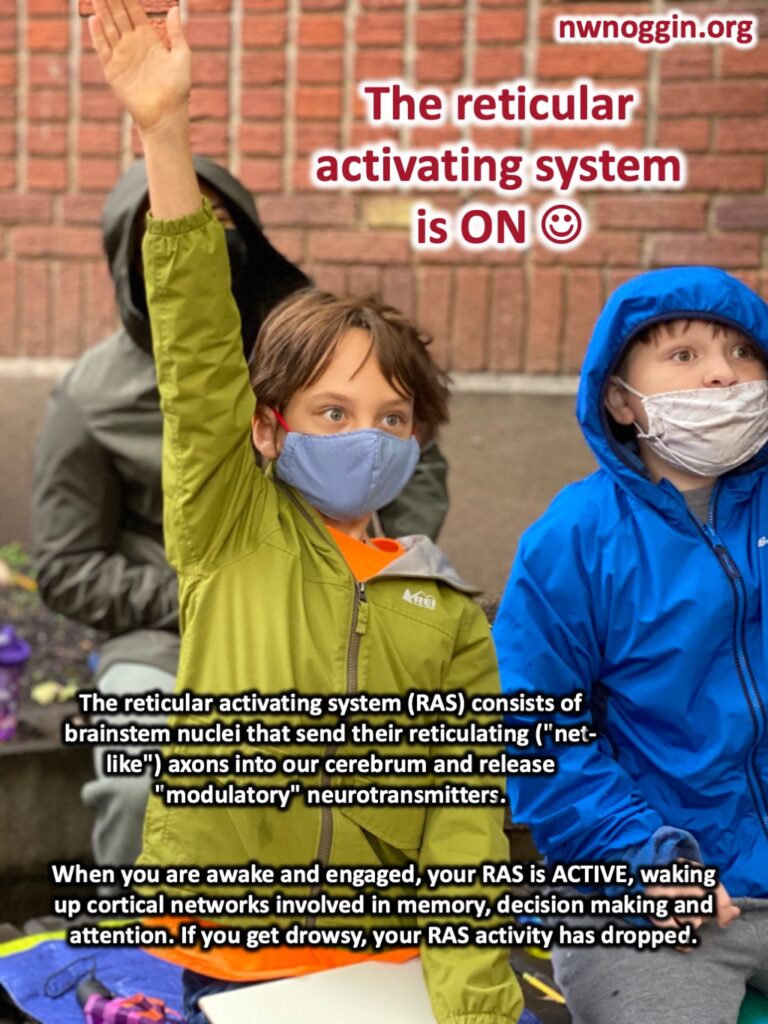
LEARN MORE: Reticular Activating System
LEARN MORE: The Functional Anatomy of the Reticular Formation (the RAS is part of a broader collection of subcortical nuclei and both ascending and descending axon pathways known as the reticular formation)
LEARN MORE: Meditation and Yoga can Modulate Brain Mechanisms that affect Behavior and Anxiety
LEARN MORE: The beneficial effects of meditation: contribution of the anterior cingulate and locus coeruleus
This week we enjoyed discussing questions about neuroscience – and making art!
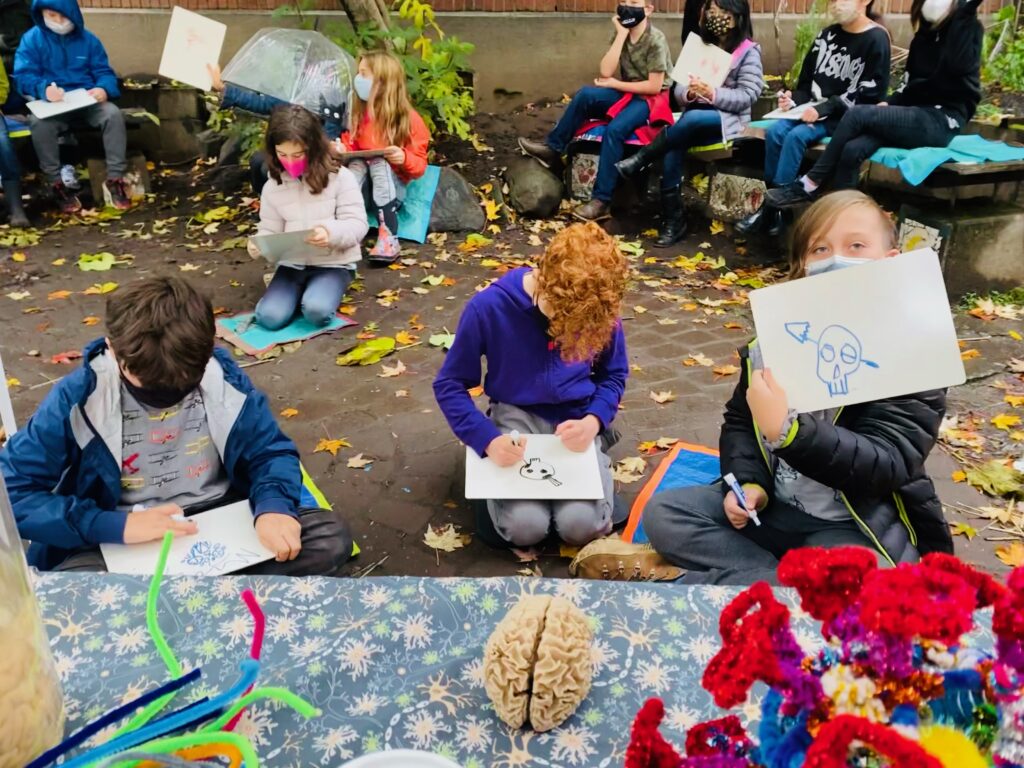
Students were VERY inspired by Arielle’s story of Phineas Gage, a railroad foreman in New England who accidentally shot an iron rod used to tamp down gunpowder straight through his own skull – and brain! Our reticular activating systems were definitely ON!
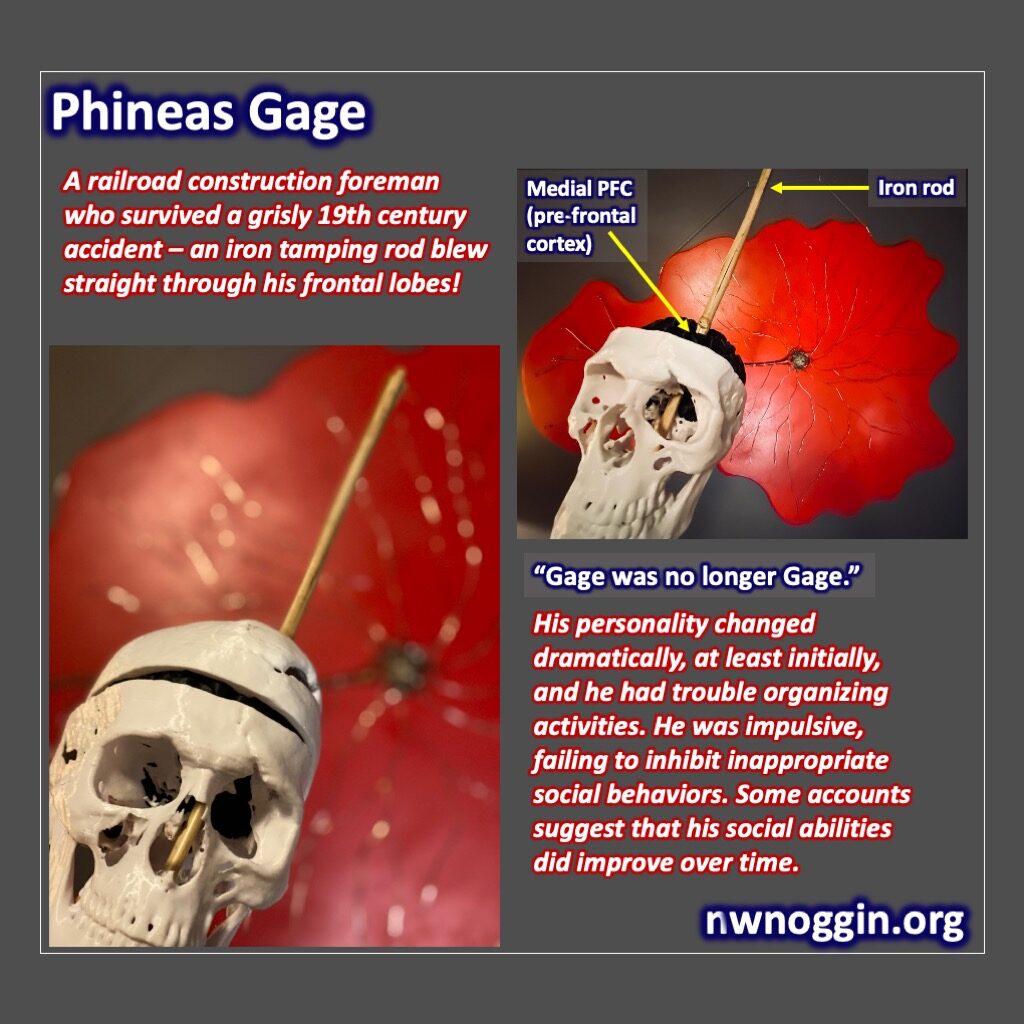
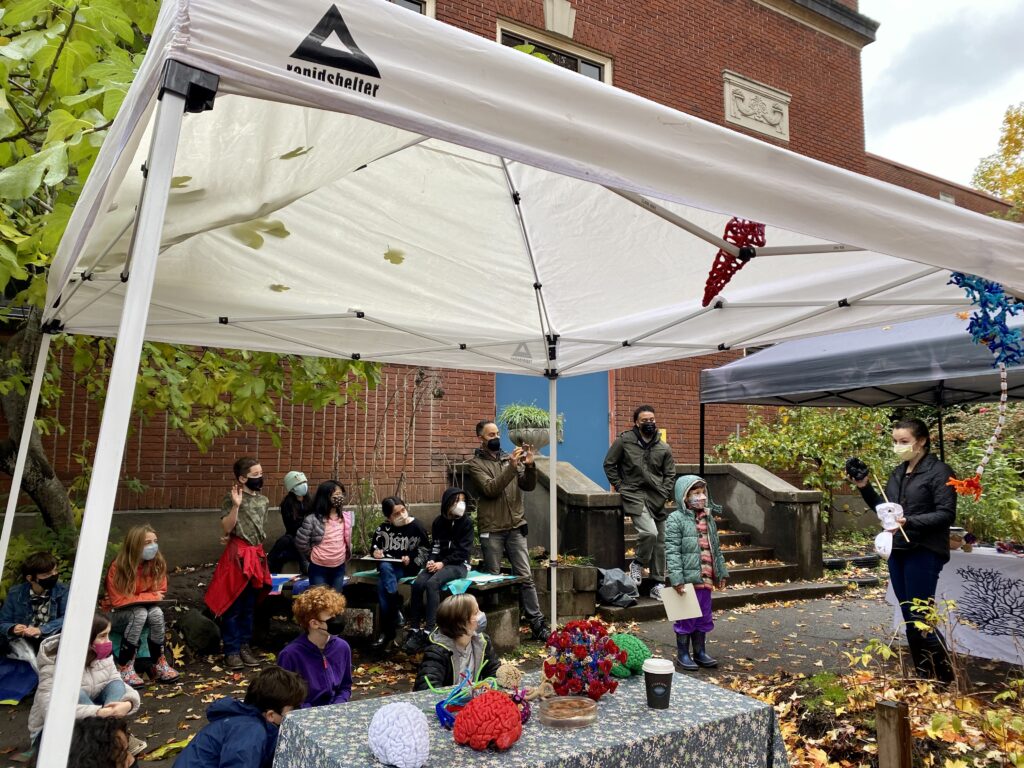
“I had so much fun!”
— Arielle Isakharov, Oregon Health & Science University
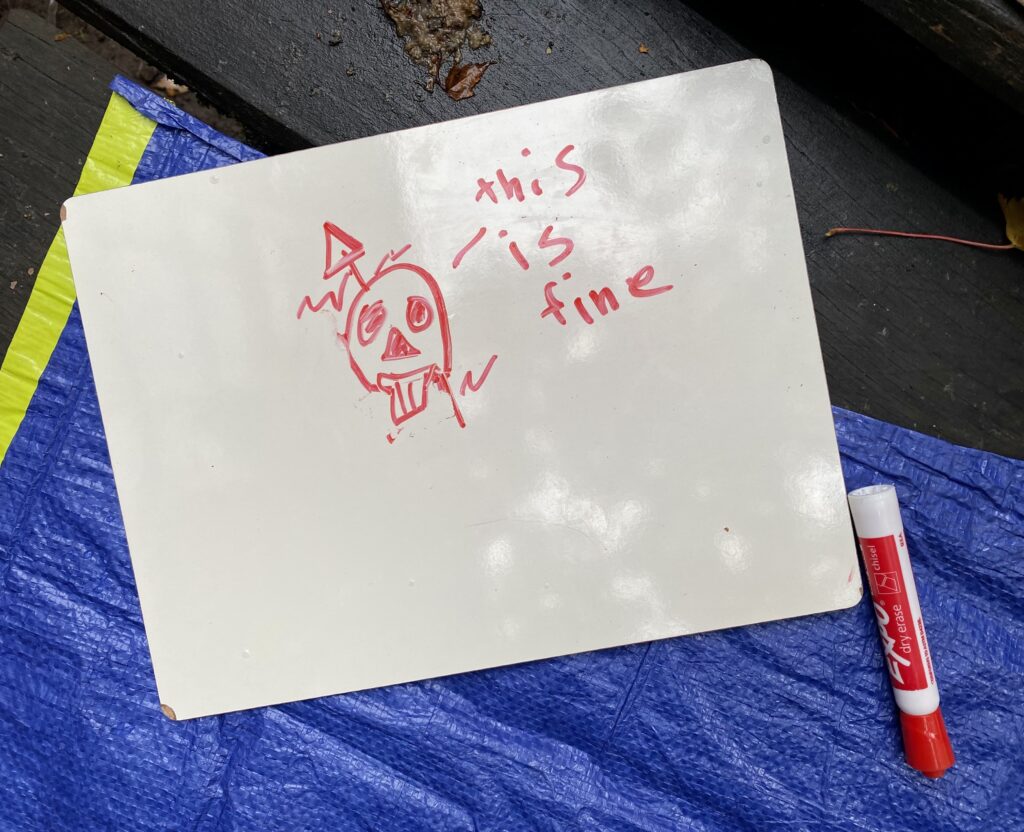
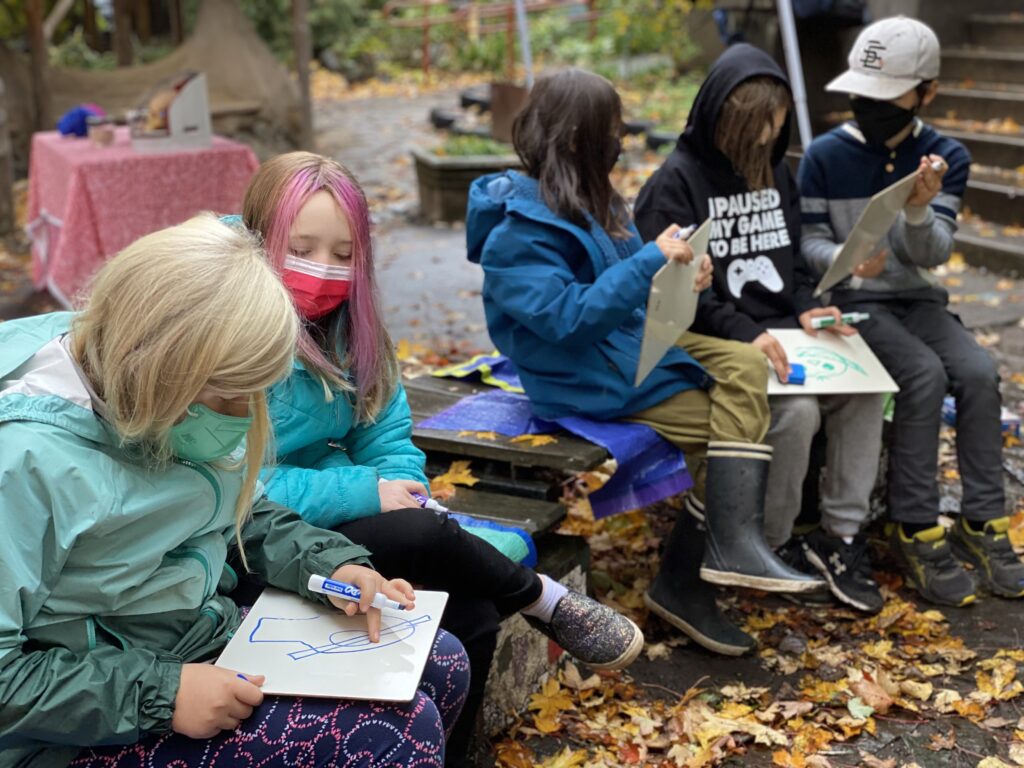
LEARN MORE: Phineas Gage: Neuroscience’s Most Famous Patient
LEARN MORE: What Really Happened to Phineas Gage?
And of course we examined brains!
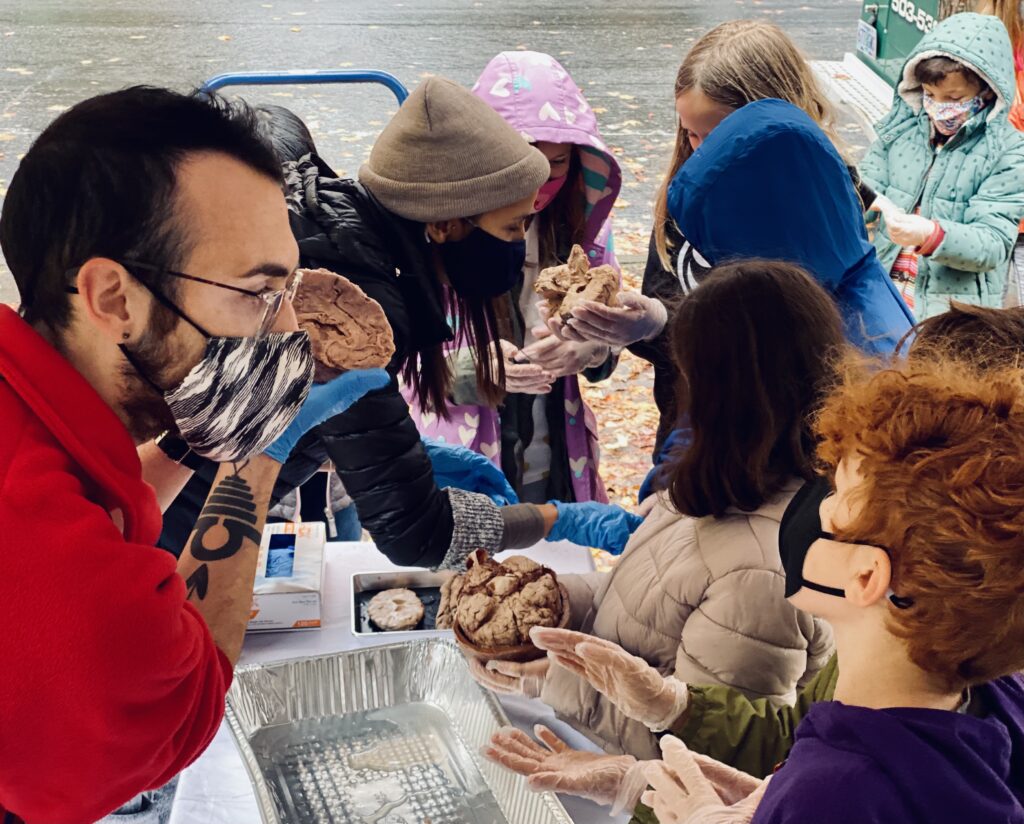
“Thank you so much for organizing this! It was a lot of fun and something I’d never gotten to do before. Hearing some of the really unique things the kids asked made me reflect on how different a perspective each of us can have on the same topic. I hope to be able to come to another volunteer opportunity with NW Noggin soon!”
— Levi Banks, Portland State University
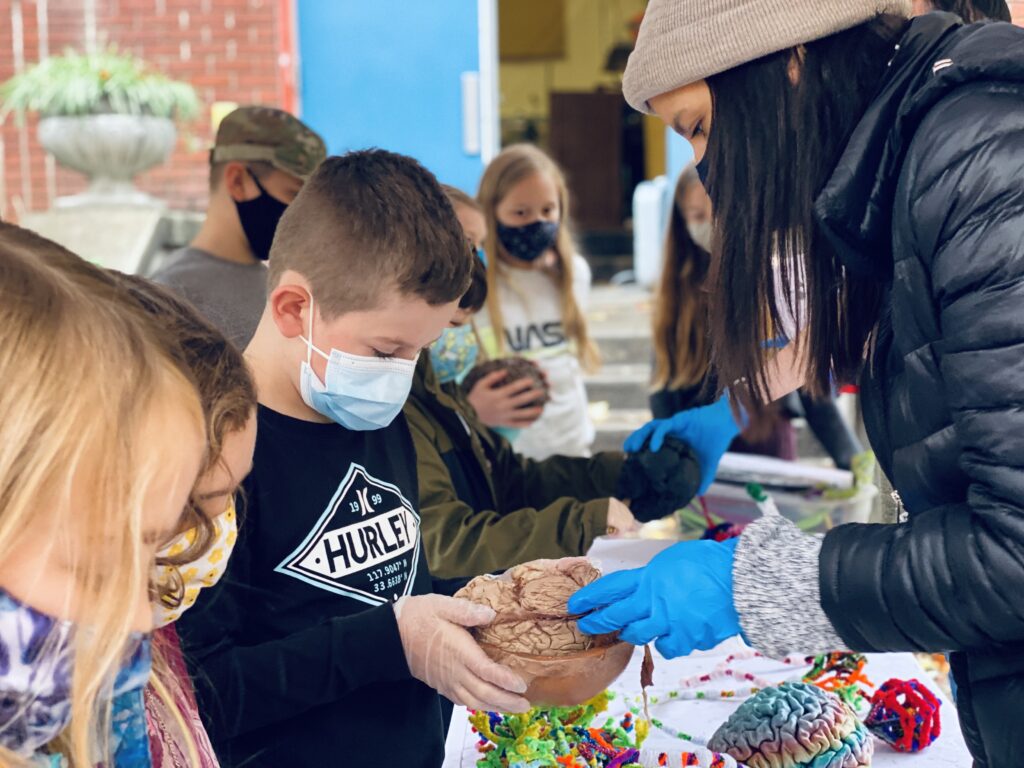
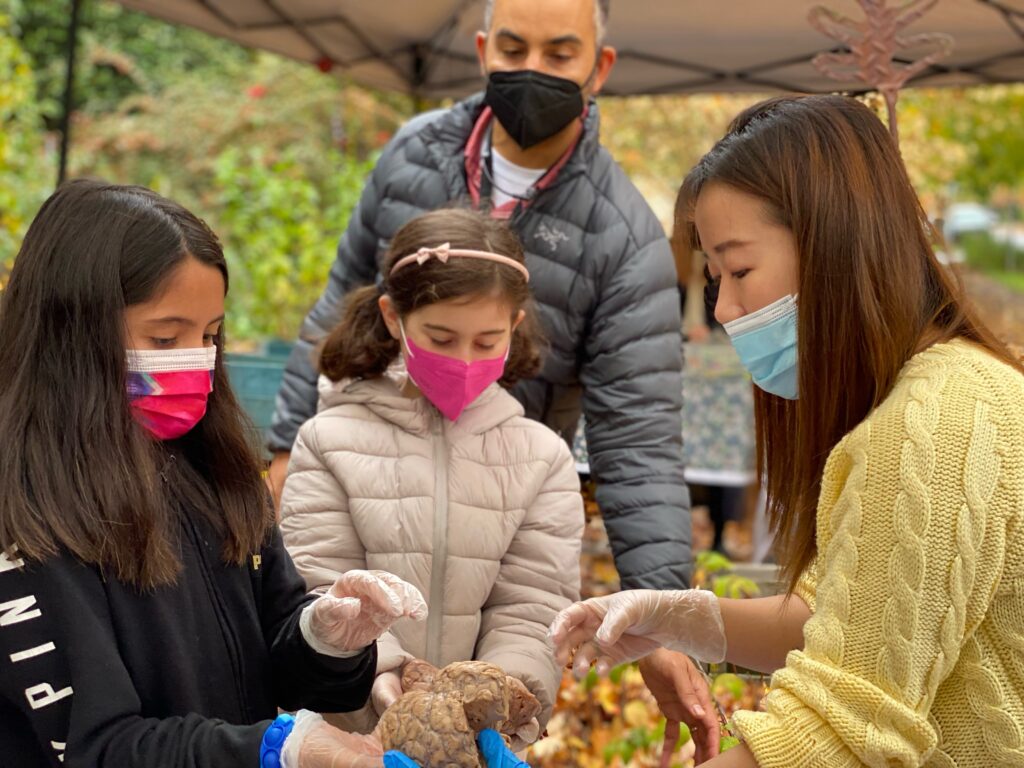
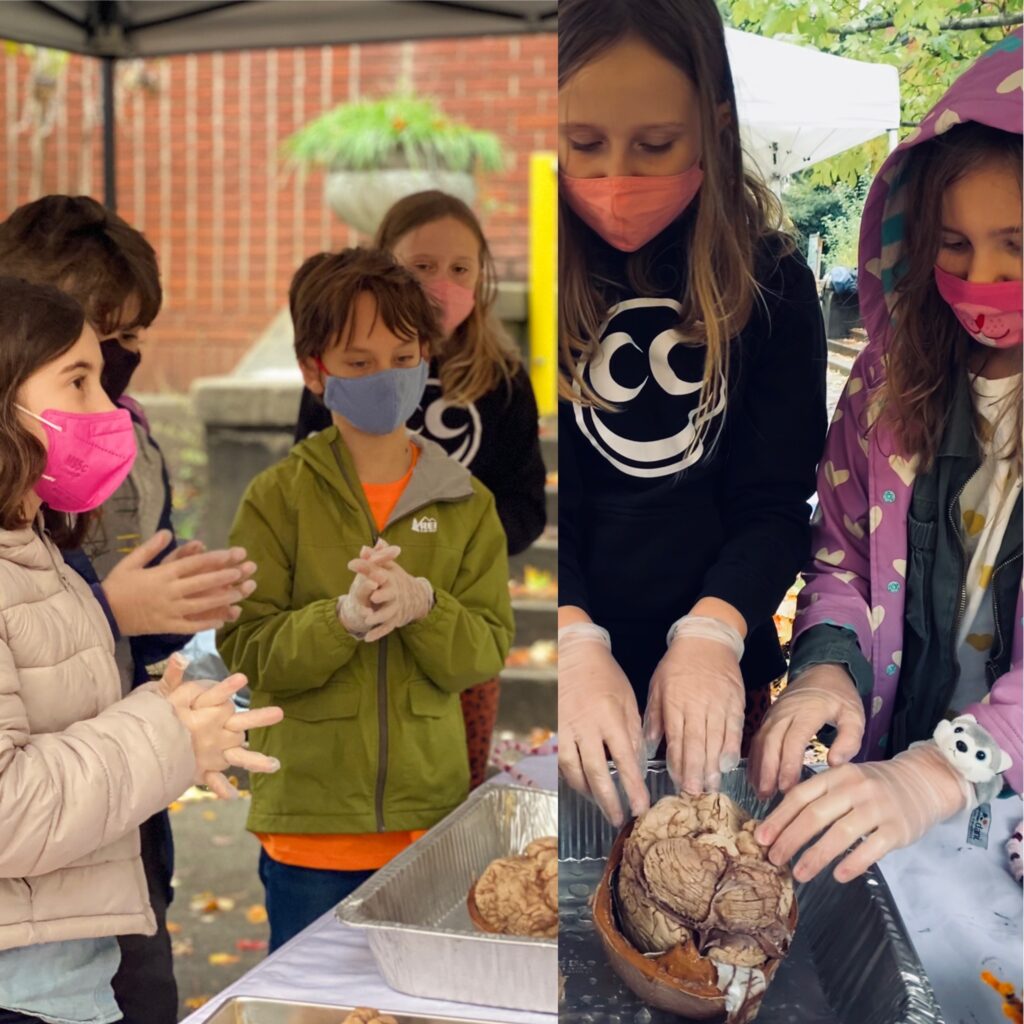
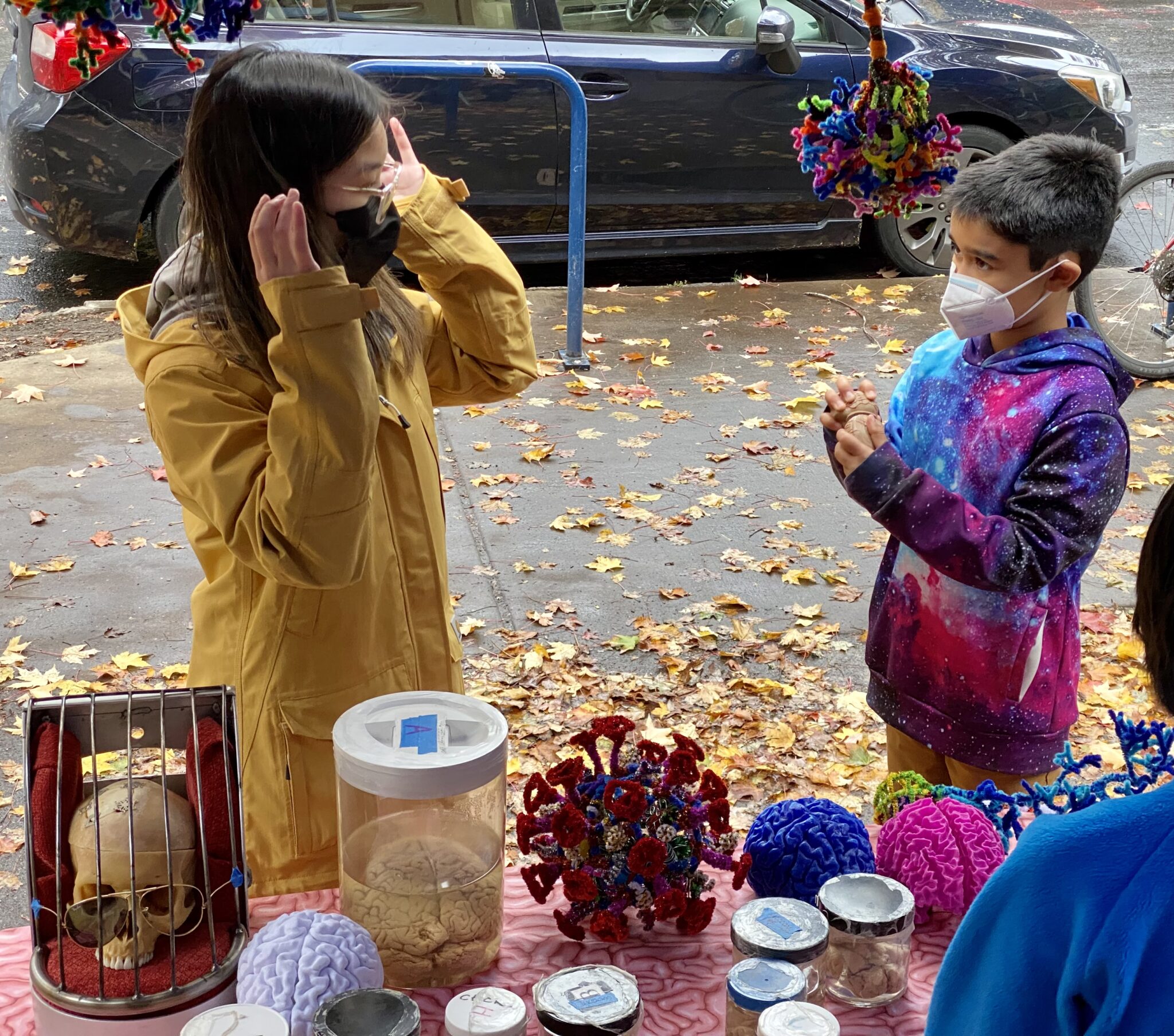
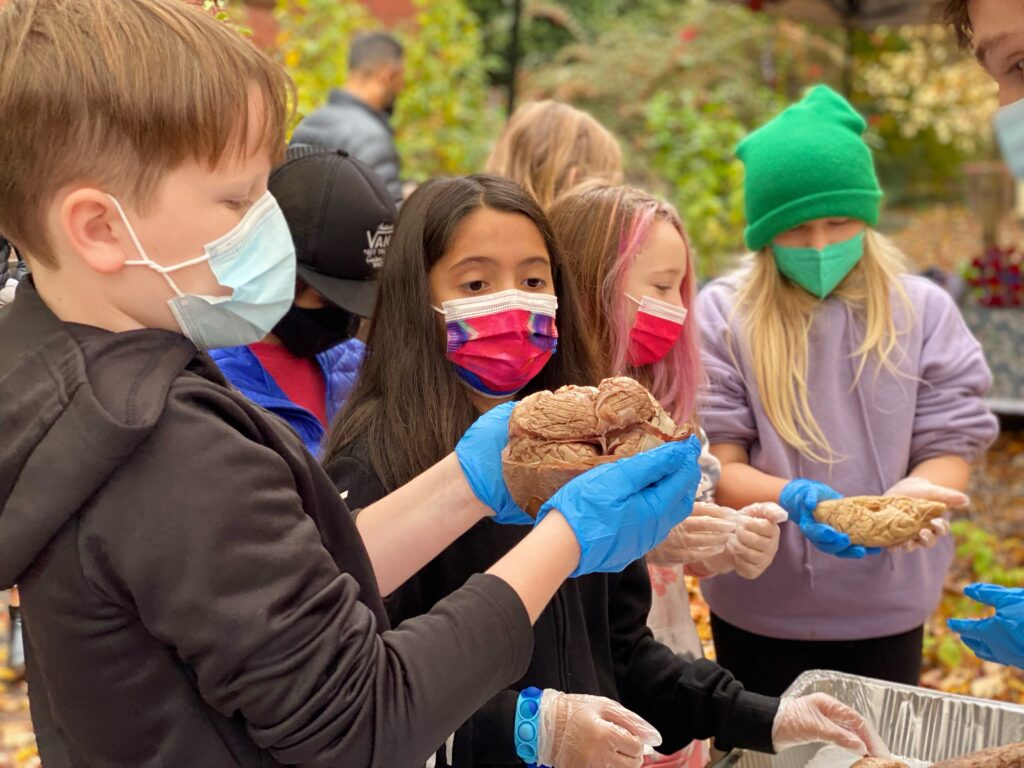
Pipe cleaner brain cells!
We love making these 🙂
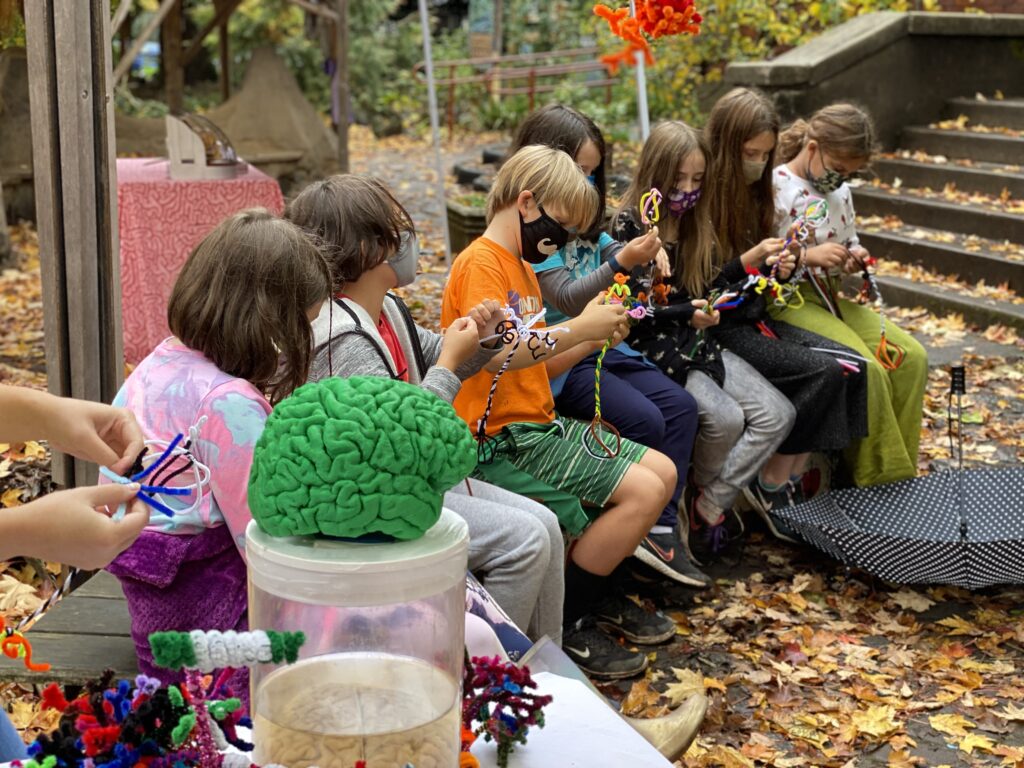
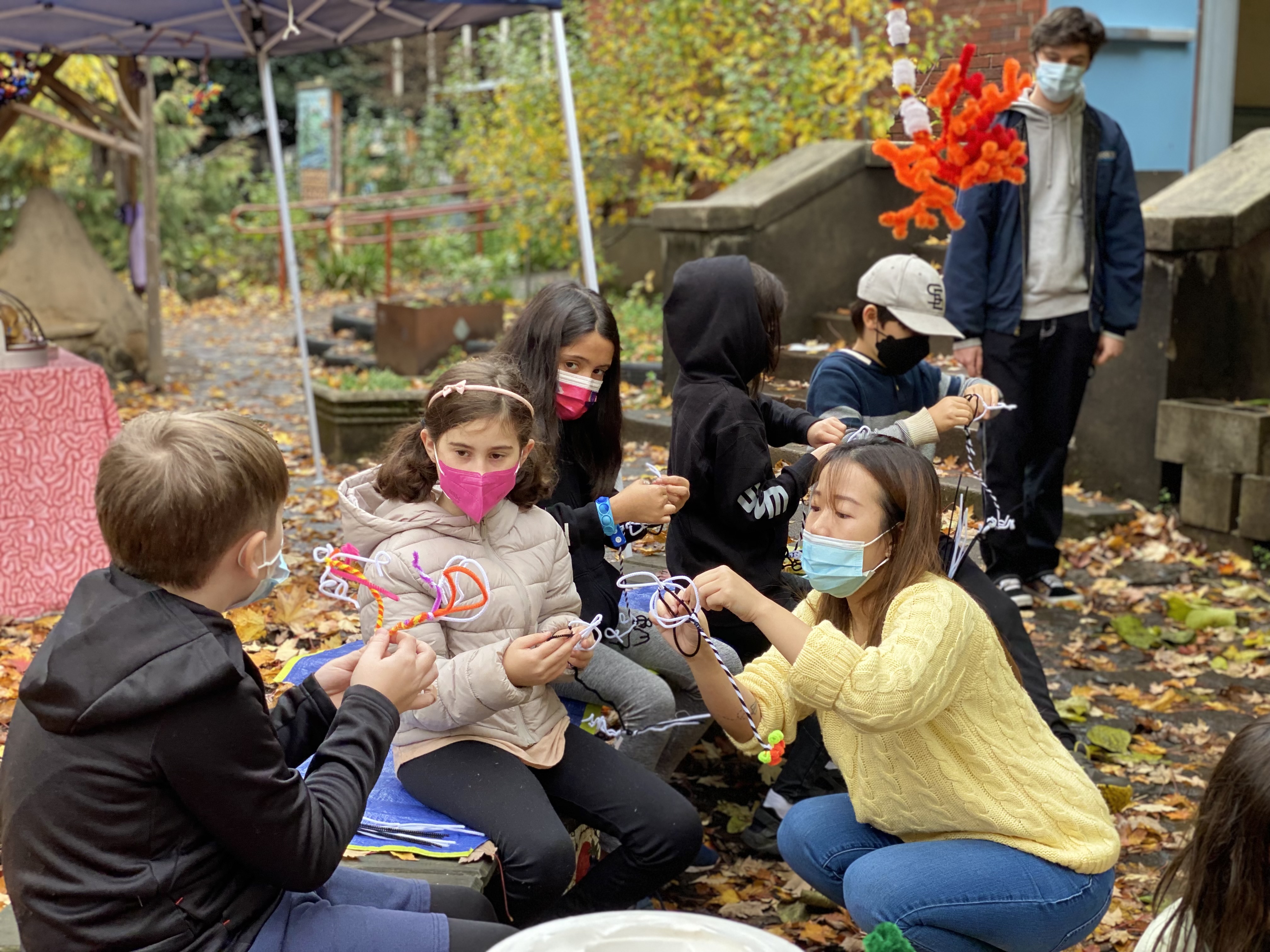
MAKE YOUR OWN: Noggin STEAM Art Projects
We also zapped each other with electric current to explore how neurons work
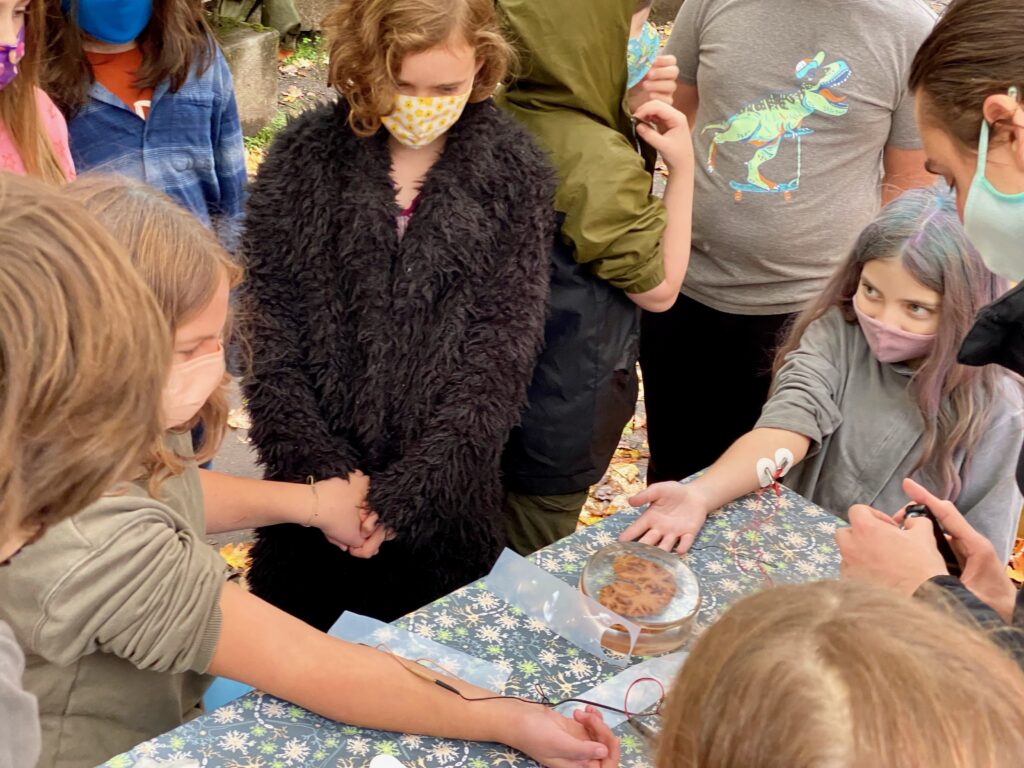
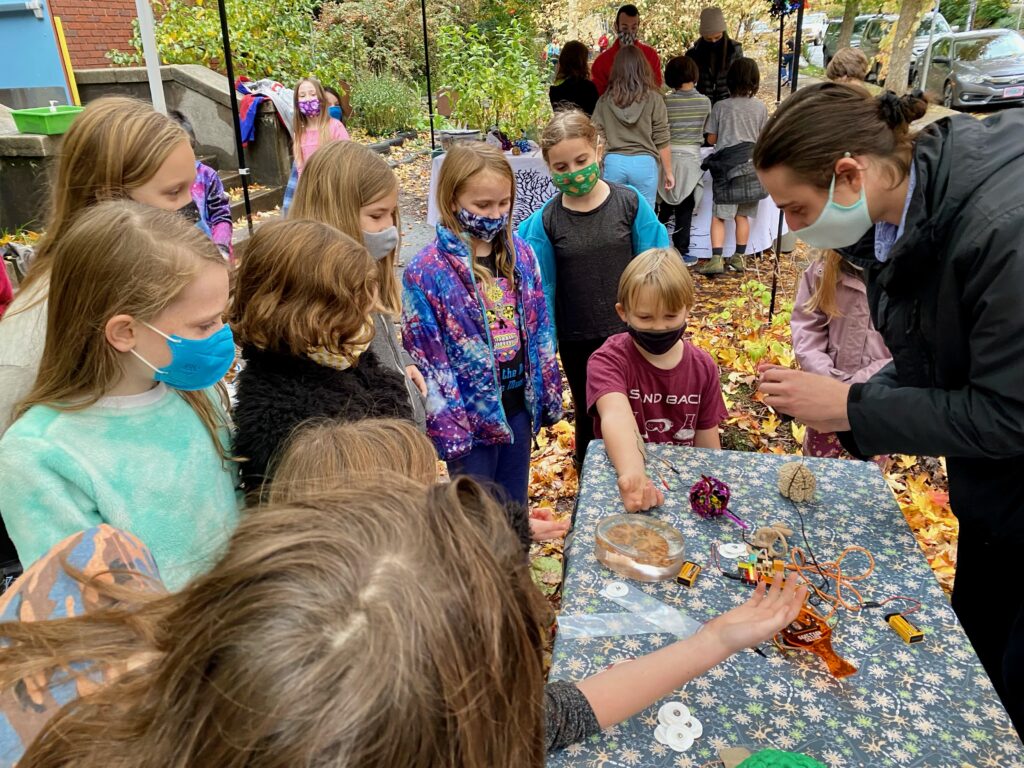
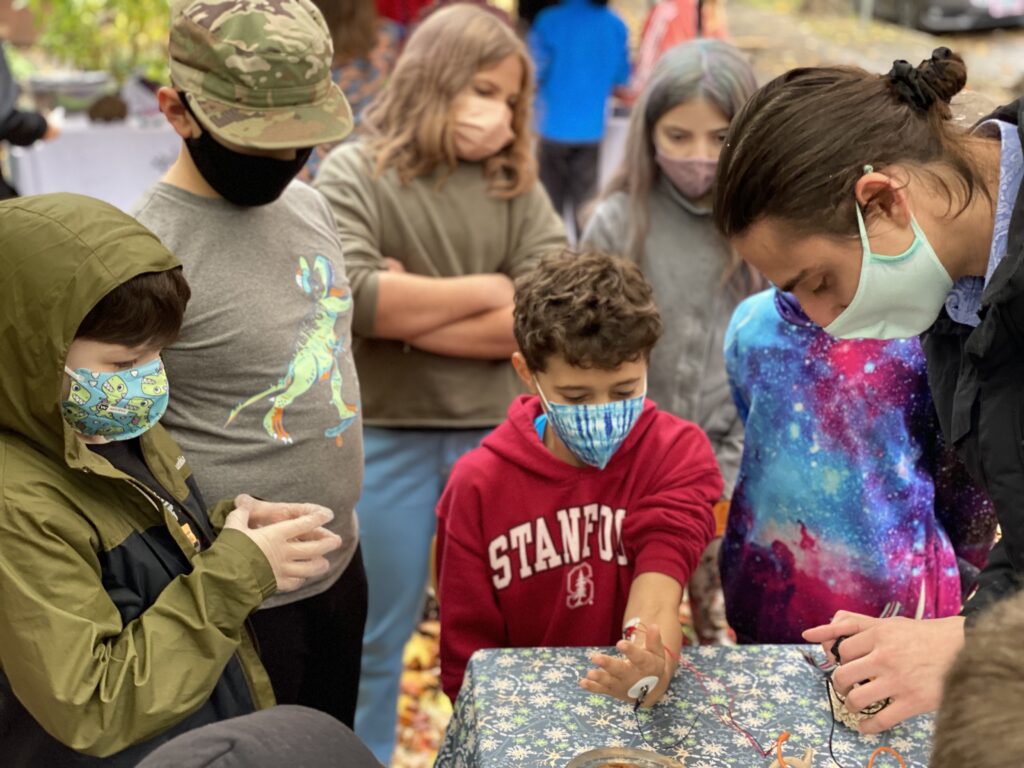
LEARN MORE: Brain Hacking is Electric!
Many thanks to Asa, Jeremy and their extraordinary students at Sunnyside!
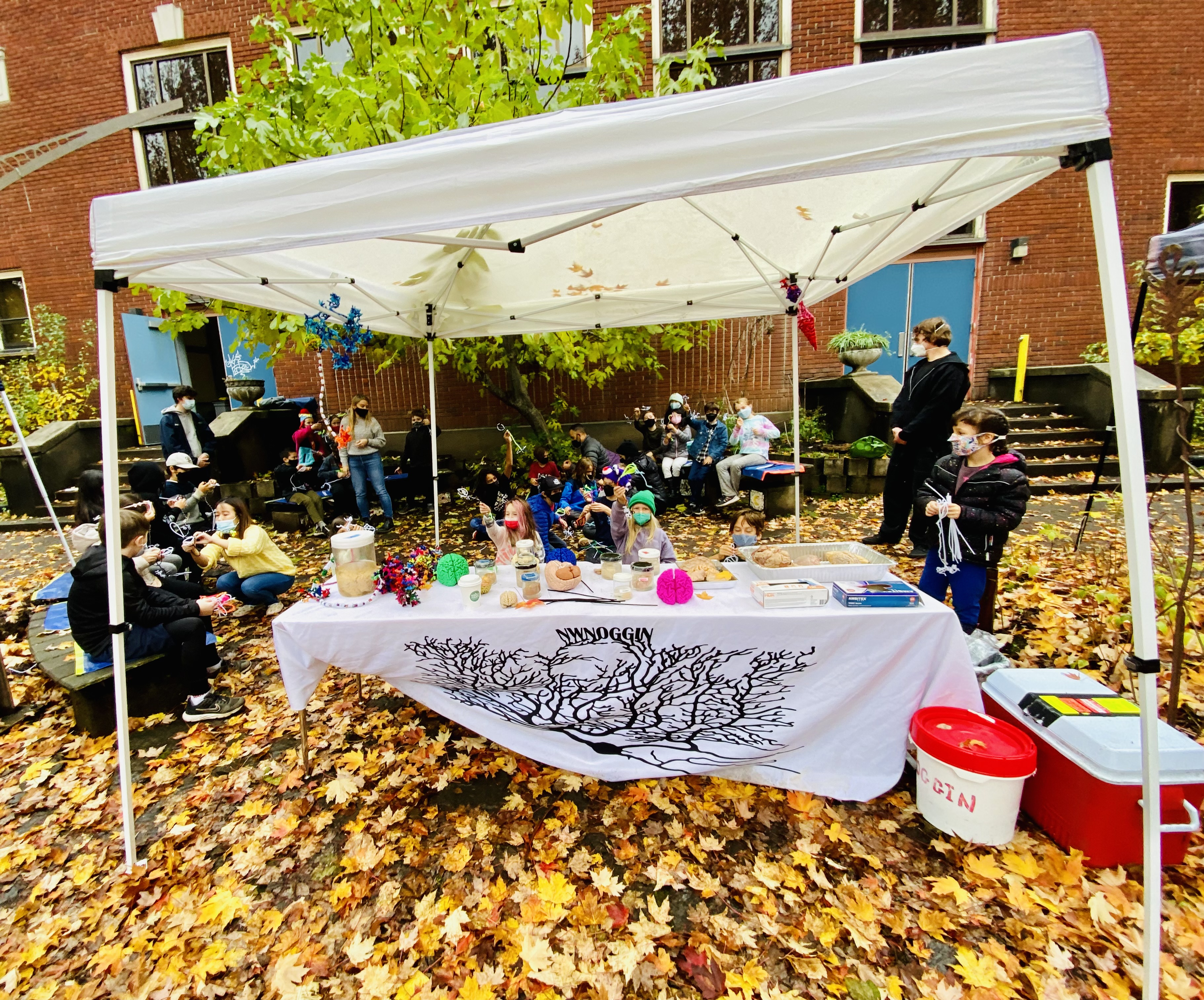
And thanks also to our talented and accomplished interdisciplinary neuroscience outreach volunteers from PSU and OHSU who offered their valuable time, enthusiasm and expertise, and showed up safely and respectfully to share stories from classrooms and labs!
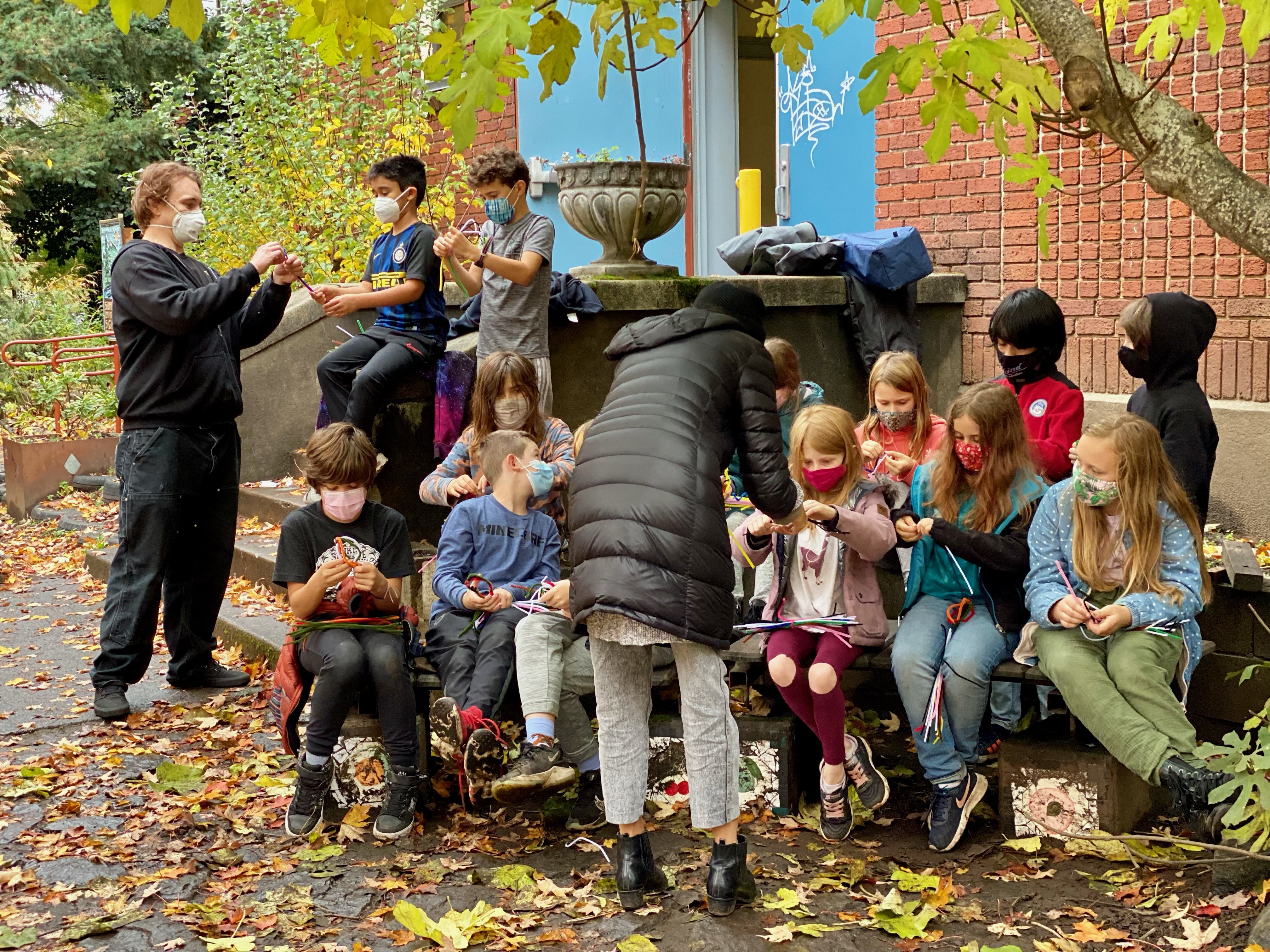
“Thank you all so much! We will send you some more questions, as we reflect on the experience! We’re going to connect our neuron models into a neural network and hang ’em on display in the classroom. There were many shout-outs to Phineas Gage, the move-someone-else’s-arm electrode gadget, holding real brains, and neuron art in our end of day gratitude circle today. Great work everyone, and thank you for taking your time to cultivate this experience for kids.”
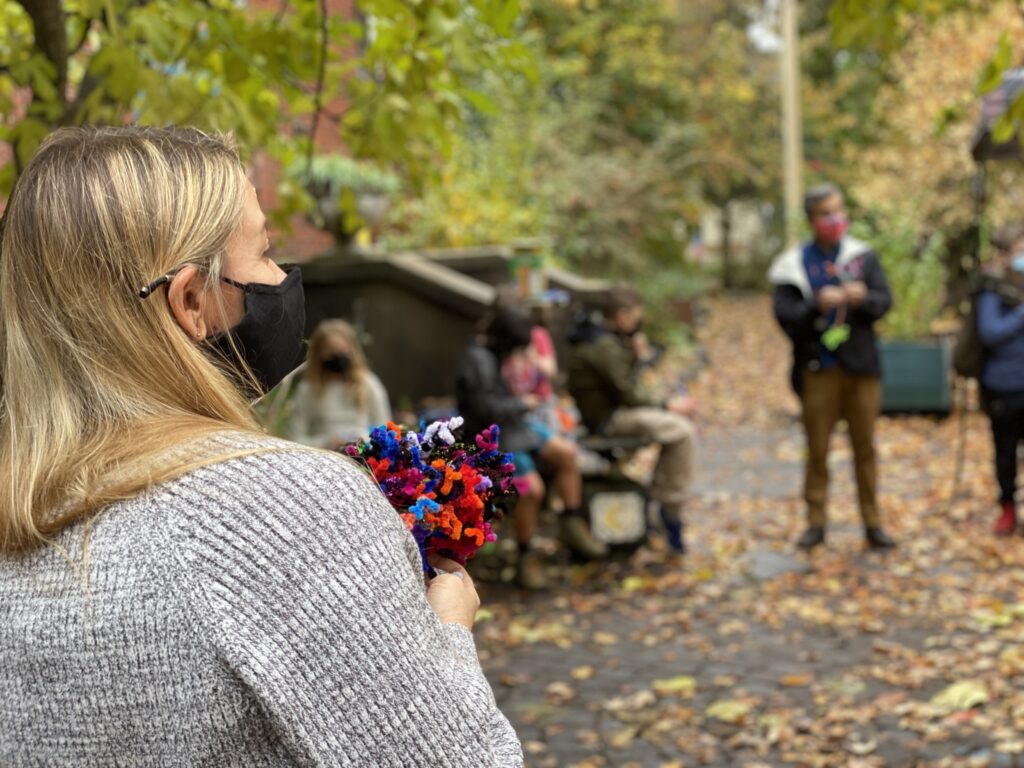
“My favorite was one student, Zoe, who said ‘I was nervous to hold brains or hook my arm to that thing, but my favorite part was actually just talking – just getting to talk to a neuroscientist for awhile.'” — Asa Gervich, 4th grade teacher @ Sunnyside
More questions!!
If parts of the brain are damaged or lose function, how does that impact how the body works?
Is the brain actually pink? Why?
Which is more important, the brain or the heart?
How was Albert Einstein’s brain different from other people’s?
If two people were born at the exact time, and they liked the exact same stuff, and thought the same things at the same time – how would their brains be different? Would their brains be different?
How many neural pathways are there in your brain?
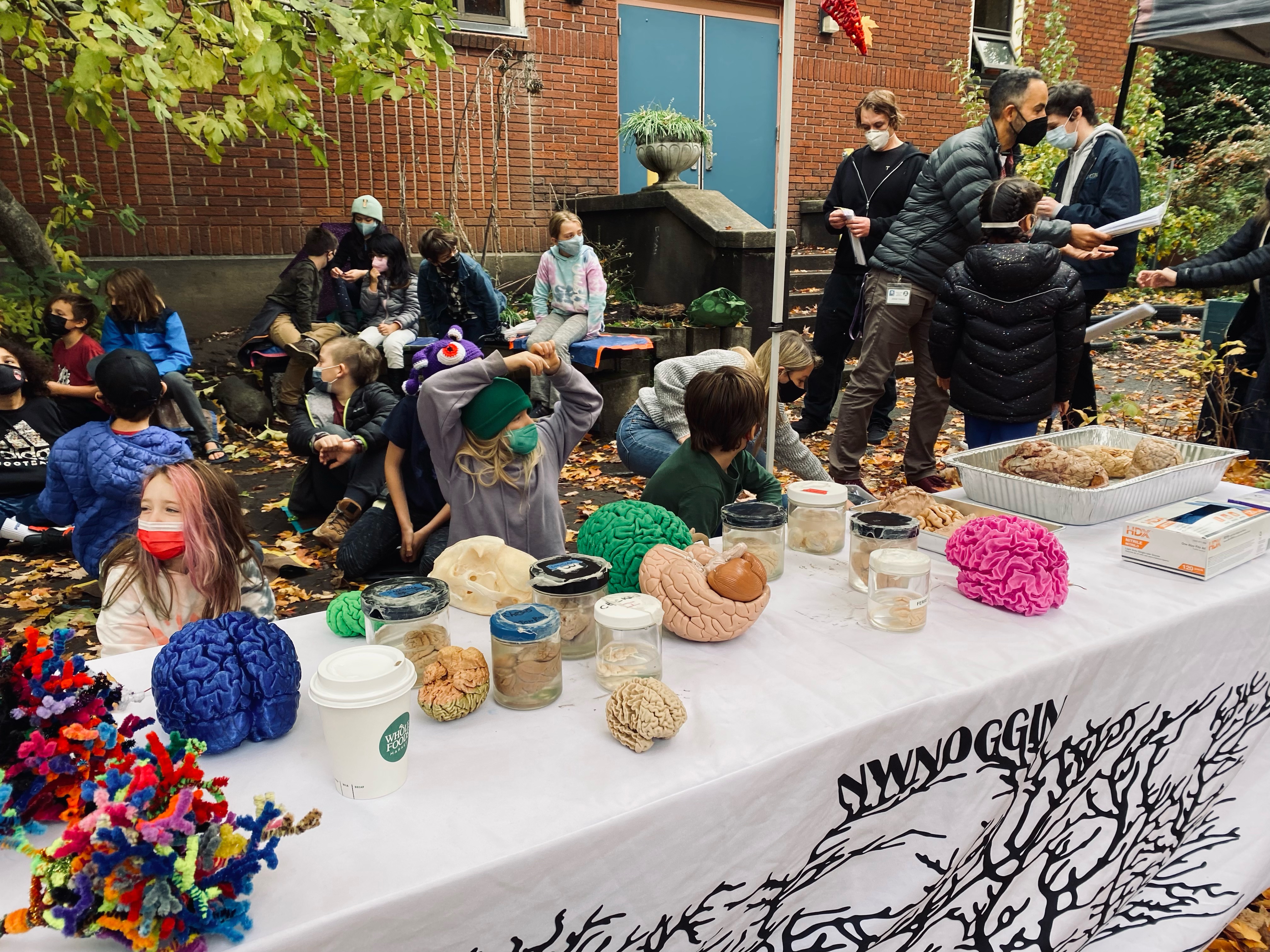
Can neural pathways be rebuilt or repaired?
Is your brain like your immune system?
You know how your fingerprints are unique to you – I wonder if your brain is the same way – is everyone’s completely unique
When someone experiences a failure of either brain or heart (or both) and they survive it – how does that happen?
Perhaps the number of pathways is infinite – because you can always learn new things…
If you have learned how to do a thing through mistake-making, and then you had some brain damage, would you be starting from step one to be learning that thing? Would you need to make all those mistakes all over again?
How do octopus brains differ from ours? What’s going on with their tentacles?
What’s going on with people who have amnesia? Do people ever get amnesia so bad that they don’t know who they are anymore?
